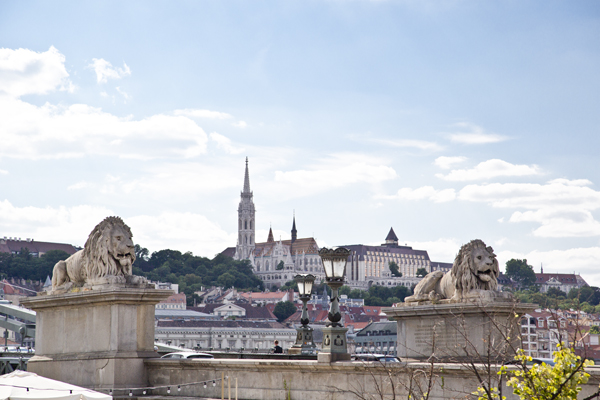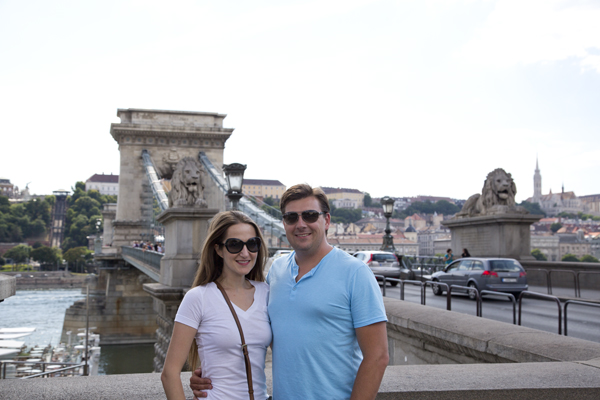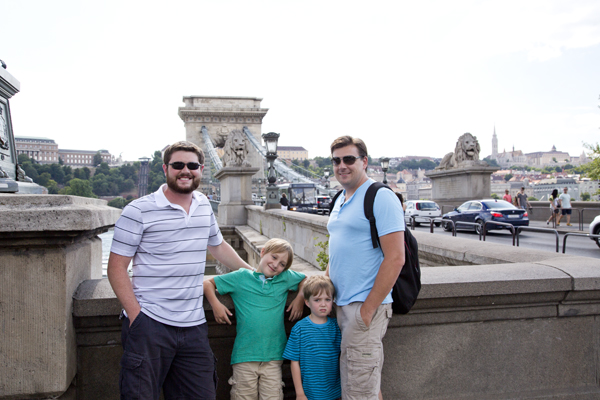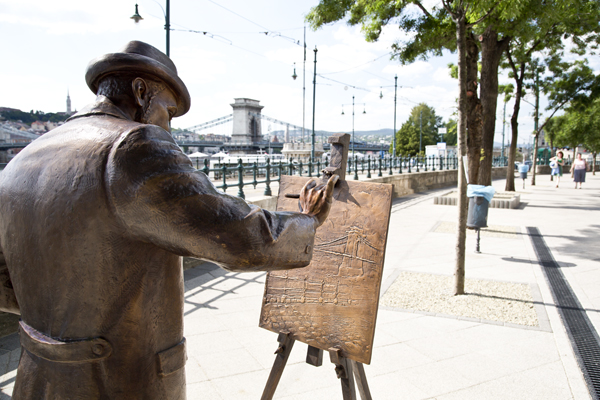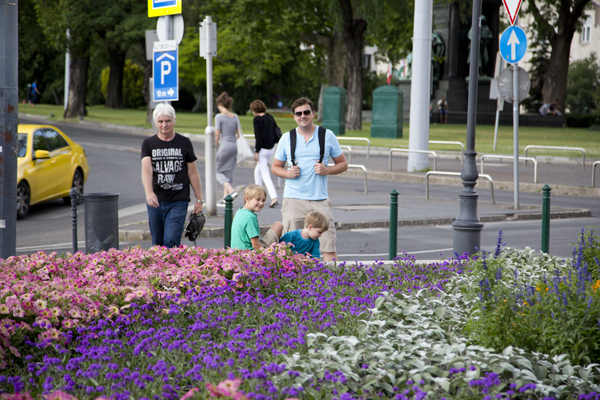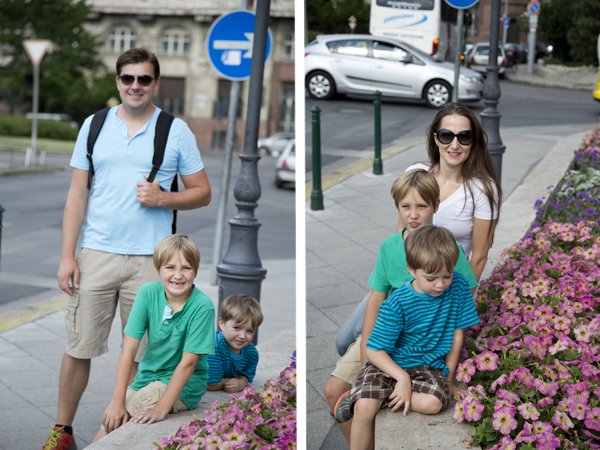As I have mentioned in previous posts, Budapest is split into two sides. There is the Buda side and the Pest side. Actually they were two separate cities until 1873 when they merged, along with Óbuda (or Old Buda), which was also its own separate city. Speaking of Óbuda, today there is actually an Óbuda Island where the annual Sziget Festival is held every August. I have never actually been to Sziget Festival but it is one of the top ranked music festivals in all of Europe and friends who have been rave about it.
Anyway, back to Buda and Pest.
So, Buda and Pest were their own cities that were separated by the Danube (or Duna in Hungarian) until the Széchenyi lánchíd (Széchenyi Chain Bridge) was opened in 1849, becoming the first permanent bridge in the capital city. Prior to the bridge’s building, the only way that you could get from one side to the other was to take a ferry. The bridge was designed by English civil engineer William Tierney Clark, who also designed the first Hammersmith Bridge, the first suspension bridge to span the river Thames in London (it has since been replaced), and the Marlow Bridge over the river Thames in Marlow, England. The Marlow Bridge is the bridge on which the design for the Széchenyi lánchíd is based. There is a plaque on the Pest side of the river that reads: “To commemorate the only two surviving bridges designed by William Tierney Clark: The Széchenyi Chain Bridge over the Danube at Budapest and the suspension bridge over the Thames at Marlow, England.” While the bridge was designed by William Tierney Clark, it was built by Scotsman Adam Clark (no relation) from 1839-1849. The bridge was actually designed in sections in the United Kingdom and then shipped to Hungary for final installation.
The Chain Bridge is most famous for its guardian lions which were sculpted by Hungarian sculptor János Marschalkó. There is a legend that when a young boy pointed out that Marschalkó forgot to include the lions’ tongues, the sculptor became so distraught that he threw himself into the river. Another account claims that Marschalkó was so proud of his creation that he boasted that if anyone could find fault in the accuracy of his lions that he would throw himself off the bridge. After the boy pointed out that you could not see their tongues, Marschalkó spent months studying the lions at the local zoo and finally came to the conclusion that when lions have their mouths open in that position, you cannot see their tongues so he felt confident that his statues were perfect. I don’t know if either are true, but they both make for a good story.
A trip to Budapest is never complete without a visit to the Marschalkó lions. I especially like to take a walk down the Dunakorzó (the Danube Promenade) which extends between Elizabeth Bridge and Chain Bridge in Pest along the banks of the Danube and look at the lions on the Pest side of the river at Széchenyi Square. While the lions are cool on either side of the river, those on the Pest side are my favorite (and the most photographed) because of the spectacular view of Castle Hill behind them (you can see my posts on Castle Hill by clicking Part I or Part II). The bridge is also gorgeous at night because it is illuminated by hundreds of lights that are reflected by the waters of the Danube.
